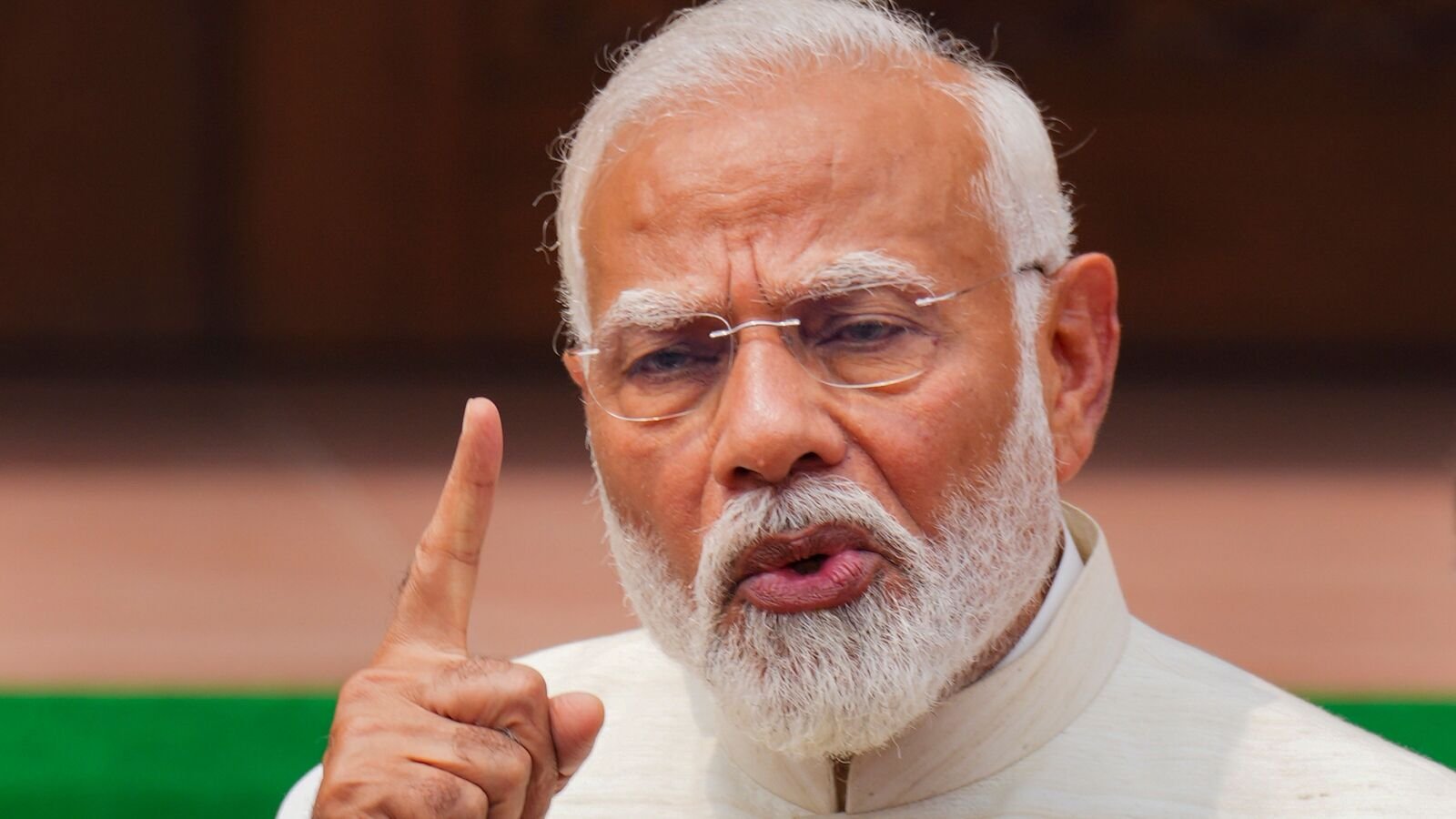Donald Trump and Kamala Harris are at odds on many policy issues, but one topic is particularly personal for both: for-profit colleges. Mr Trump once owned a for-profit college, predictably called Trump University. He agreed to pay $25m in 2016 to settle lawsuits brought by students alleging their alma mater had not taught them anything. Three years earlier, as California’s attorney-general, Ms Harris went after a different for-profit college. She sued the now-defunct Corinthian Colleges for “predatory and unlawful practices” and won $1.2bn.
The outcome of the upcoming election could be consequential for for-profit institutions. Ms Harris would probably want to crack down, while Mr Trump would probably loosen the reins. Both would claim they were acting in the name of fairness.

View Full Image
For-profit colleges have grown quickly, but their progress has not been steady (see chart). Enrolment tends to increase most during tough economic times. Between 2000 and 2010, for-profit college enrolment grew four-fold from 450,000 students to 2m. Interest also grew in 2020 during the pandemic. For all of the attention paid to them by politicians, for-profit colleges are small players in the postsecondary market. For-profits accounted for only $14bn in revenue from tuition and fees in 2021-2022 compared with $81bn from non-profit private institutions that same year.
Keep up with the contest between Kamala Harris and Donald Trump with our US election forecast model
For-profit colleges tend to receive outsize attention, and not of the positive kind. Many perform as expected, but the sector has been tarnished by scams. In 2018 the Century Foundation, a think-tank, studied federal-borrower defence claims, which allow federal-loan forgiveness for students who successfully prove that they have been defrauded. It found that 98% of successful applications were from students who attended for-profit institutions.
For-profit colleges rely on student tuition and fees more than other institutions. As such, “there’s a big incentive [for for-profit institutions] to bring students in the door and enroll them,” says Stephanie Riegg Cellini of George Washington University. “And there’s not a big incentive on the backside to ensure that students have good outcomes.” Compared with their non-profit peers, for-profit college graduates have higher loan-default rates and lower earnings and employment rates.
In 2014 Barack Obama’s administration implemented the “gainful employment” rule to deal with these concerns. The regulation required for-profit colleges to prove the value of their degree or risk losing federal funding. This posed a threat to for-profit colleges, which get 70% of their revenues from Pell grants—federal aid for poor students. Data released by the Department of Education in 2017 showed that about one-tenth of programmes, nearly all of them at for-profit institutions, would have failed the test. Many of these programmes closed voluntarily. But then Mr Trump took office and reversed course. In 2019 his administration officially rescinded the “gainful employment” rule, which it argued unfairly punished for-profit colleges. Mr Trump also vetoed a bipartisan resolution that would have facilitated student-loan forgiveness for those who attended allegedly fraudulent colleges.
And then as quickly as they were taken away, the regulations returned with Joe Biden’s election. Rather than merely reinstate the Obama-era rules, the Biden administration proposed new ones. The updated regulation cuts off federal funds to colleges that saddle students with debt they are unable to repay. A new provision also denies federal student aid to career programmes that demand more training than required by state law. This part of the rule was set to take effect on July 1st of this year, but a judge issued a temporary injunction in June.
Teachers for Trump
A Harris administration would continue in this vein. In addition to suing a for-profit college as attorney-general, Ms Harris has at various times pushed for student-loan forgiveness and free college for all. A second Trump administration would undo regulations on for-profit schools again.
Democrats want federal financial aid directed towards high-quality programmes, whereas Republicans want it to be spent in as many programmes as possible, says Dominique Baker of the University of Delaware. Both parties claim that they are doing what is best for students—Democrats by regulating predatory colleges and Republicans by expanding access to a wider range of options beyond the traditional four-year degree.
“The world has been stuck in an unfortunate, unproductive back-and-forth for the last few administrations without any creativity,” says Daniel Currell, a former senior adviser in the Department of Education. Still, at least some educators will be rooting for Mr Trump.
Stay on top of American politics with The US in brief, our daily newsletter with fast analysis of the most important electoral stories, and Checks and Balance, a weekly note from our Lexington columnist that examines the state of American democracy and the issues that matter to voters.
© 2024, The Economist Newspaper Limited. All rights reserved. From The Economist, published under licence. The original content can be found on www.economist.com




